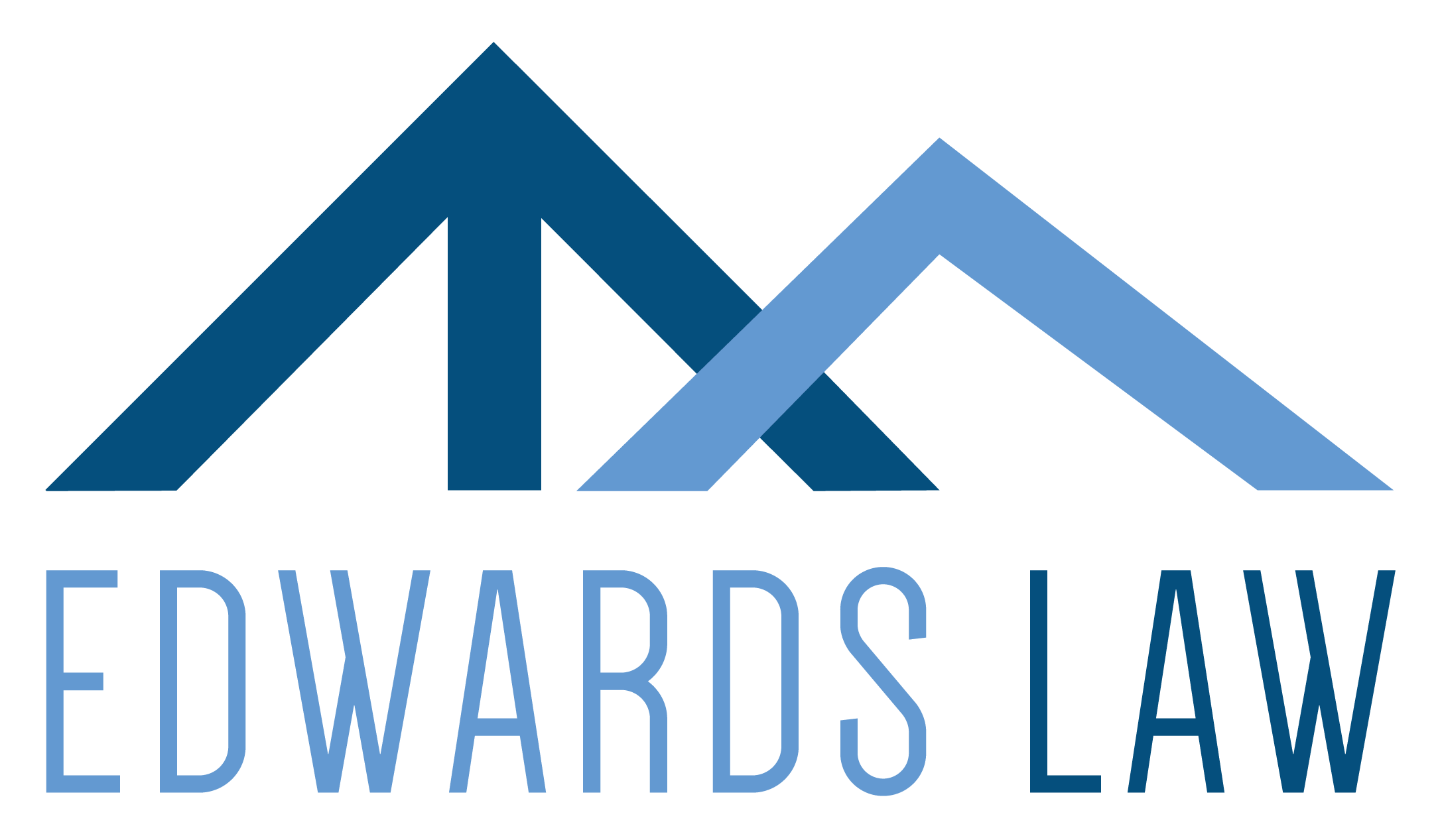
03 Mar What Can You Do If Your Debtor is Selling and Hiding Assets Before You Perfect Your Judgment: Initiate a Rule 102 Proceeding – Podcast
In our last two blogs we explained how you and your company can perfect your judgment and either enforce your judgment (if you know where your debtor’s assets are) or initiate postjudgment enforcement proceedings to find assets to attach. But what if you find out your debtor is concealing, removing, selling, transferring or otherwise disposing of assets before you can obtain judgment? A Rule 102 proceeding can assist in protecting your rights in the debtor’s assets.
If you believe your debtor is about to remove his property for the purpose of hindering, delaying or defrauding creditors, or has already done so, Rule 102 attachment is available as a prejudgment remedy to secure your ability to collect the expected judgment in the action, if you and your attorney are able to make the stringent showings required by the Rule and post bond.
Rule 102 Proceedings
Rule 102 permits attachment of “lands, tenements, goods, chattels, rights, credits, moneys, and effects of [a] defendant, of every kind, or so much thereof as will be sufficient to satisfy the claim sworn to, regardless of whose hands or possession in which the same may be found.” See Rule 102(e).
A Rule 102 proceeding may be brought at any time after filing a lawsuit or filing counterclaims (but before judgment is entered) in an action on contract seeking a money judgment, or an action to recover damages for torts committed against person or property. The rule says:
Before Judgment. Any party, at the time of filing a claim, in an action on contract, express or implied, or in an action to recover damages for tort committed against the person or property of a resident of this state, or at any time after the filing but before judgment, may have nonexempt property of the party against whom the claim is asserted (hereinafter defendant), attached by an ex parte order of court in the manner and on the grounds prescribed in this Rule, unless the defendant shall give good and sufficient security as required by section (f) of this Rule. No ex parte attachments before judgment shall be permitted other than those specified in this Rule. C.R.C.P. 102(a).
Because of due process concerns, courts strictly construe and follow the requirements for attachment. For this reason Rule 102 is infrequently used and when it is, courts tend to require a very high standard of proof.
How to Start a Rule 102 Proceeding
A Rule 102 proceeding is commenced by the filing of a motion requesting issuance of the writ and setting forth the grounds for the request under the Rule. The motion must be accompanied by an affidavit, based on personal knowledge, which sets forth the basis of the contract or tort claim and showing the substantive causes for application of the Rule. A proposed Writ of Attachment should also be submitted with the motion. The court, on its own initiative, can also take ex parte testimony or other evidence on matters relating to the issuance of the writ.
The required contents of the writ are set forth in Rule 102(f), and should be directed to the sheriff of the county in which the debtor has property to be attached. If the debtor has property in several counties, alias writs may be issued to the sheriffs of the other counties.
The writ must state the amount of your claim in accordance with the affidavit. The writ must also notify the debtor of his or her right to “traverse” the affidavit and to have a hearing to contest the attachment. Rule 102 contemplates that the writ will be issued on an ex parte basis, meaning, without the debtor’s involvement or ability to oppose. However the debtor can request that the court set an adversary evidentiary hearing prior to issuance of the writ.
Lastly, before the court will issue a writ, you must post bond in compliance with C.R.C.P. 121, § 1-23 in an amount set by the court, which can be up to double the amount claimed. Your attorney should serve a copy of the bond on the debtor, along with the writ. If, at any time after the attachment has issued your bond appears insufficient to the court (presumably upon the debtor’s raising the question by motion), the court must order another undertaking and, if you fail to comply with the order within 21 days, the writ of attachment will be quashed. The sheriff can also seek to obtain a bond from you, to indemnify the sheriff personally from loss or liability arising out of seizure of property under the attachment.
Bases for Bringing a Rule 102 Proceeding
Subsection (c) of Rule 102 sets forth nine substantive causes for issuance of a prejudgment writ of attachment. The Rule requires you and your attorney to demonstrate by affidavit or testimony in “specific factual detail” that there is a reasonable probability that one or more of the nine causes exists.
Six of the enumerated causes relate to whether the debtor is about to remove or conceal assets in order to hinder or delay creditors, or has already done so, to render process of execution unavailing if judgment is obtained.
The other three substantive causes are: (1) that the debtor is a foreign corporation not qualified to conduct business in the State; (2) that the debtor has been absent from the State for more than four months, or his or her whereabouts are unknown, or he or she is a nonresident of the State over whom personal jurisdiction cannot be obtained after all reasonable efforts for service have been made; or (3) that the debtor has concealed himself or herself or stood in defiance of the law so that he or she cannot be served process. These three causes all speak to the difficulty that you and your attorney might have in obtaining personal jurisdiction in this state, as a result of your inability to serve the debtor.
In each case the Rule requires that the threatened or accomplished concealment, removal, or disposition of assets be fraudulent or intended to defeat your immediate access to the debtor’s property, and that it be of all or a material portion of the debtor’s assets. The burden of proof is that of “reasonable probability,” and the intent to “hinder or delay creditors” can be shown by circumstantial evidence of the debtor’s intent to hinder or delay your present access to the debtor’s assets.
If you have discovered your debtor is hiding or selling assets and you have not yet received your judgment against the debtor, contact Edwards Law today to discuss the possibility of initiating a Rule 102 proceeding.


No Comments